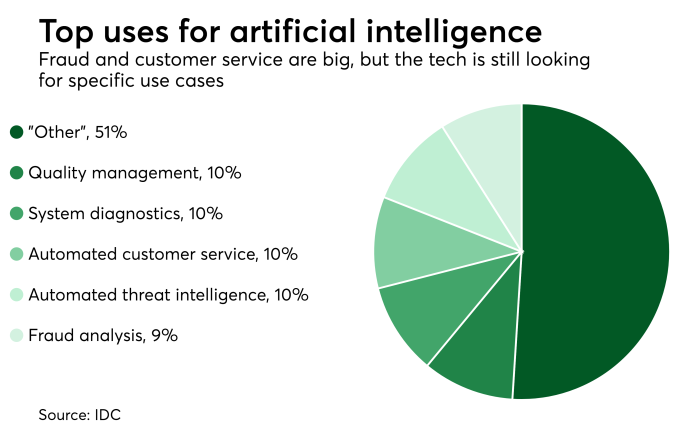PayThink AI can ‘learn,’ but it still can’t be left alone

Machine learning solutions will perform badly when they are not regularly maintained, just like a manually implemented rule set. Implemented models require regular monitoring to ensure they continue to meet the requirements of the business.
Consider a fraud manager who has recently migrated from using manual rules in favor of machine learning. Instead of regularly monitoring how their rules are performing and keeping on top of fraud trends, they must now monitor various machine learning models, with no way of quickly reacting to immediate threats, since machine learning only works when previous behavior can be presented and learned from.
As machine learning generally benefits from lots of examples, by the time a model can be implemented to tackle the new threat, the threat has generally moved on.
As rules are comprised of various criteria, this creates very strict “decision boundaries” around what behavior is normal, and which is suspicious. Rules which are not updated to existing and future fraud trends are easily manipulated by fraudsters, often simply by changing a certain aspect of their behavior. This situation also holds true for machine learning solutions, which are not regularly maintained.
Many machine learning solutions require the same level of monitoring and updating that manual rules do, in order to remain effective in the fight against fraud. Although machine learning produces solutions with less rigid decision boundaries as rules, it is interesting to observe how they are implemented. These solutions tend to produce fraud scores, which then need to have a threshold applied to determine when to trigger a fraud alert, thus giving them a rigid decision boundary.
When managed correctly manual rules can be extremely efficient fraud detection tools especially when used in conjunction with a machine learning tool.
Manual rules work best when used alongside machine learning to react to the fast-paced fraud attacks which require a reactive solution. The machine learning solutions supplement the manual solution by providing huge operational efficiencies in risk strategy management and big reductions in false alarm rates.
The latest fraud and risk management solutions utilize the best of both human and machine input, as machine learning is used to generate fraud risk system rules. The very best tools go a step further towards improving fraud strategy management, by clearly highlighting how a new rule set, rule or machine learning model is likely to perform in future. This takes away the uncertainty of how the machine learning models will perform, giving fraud managers greater control of their fraud strategy.













